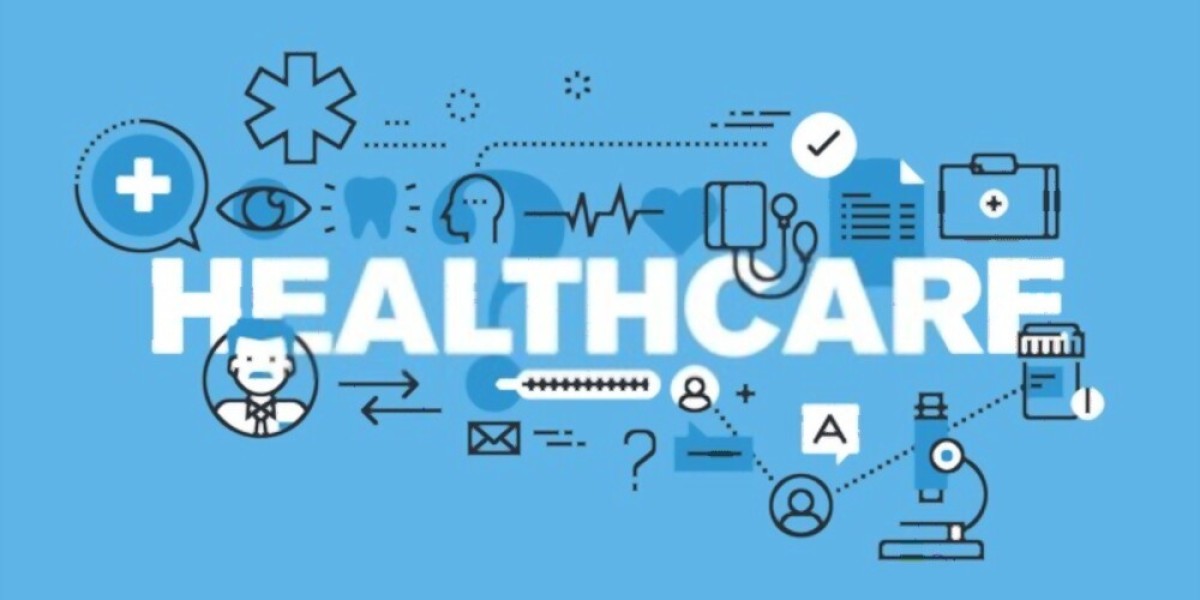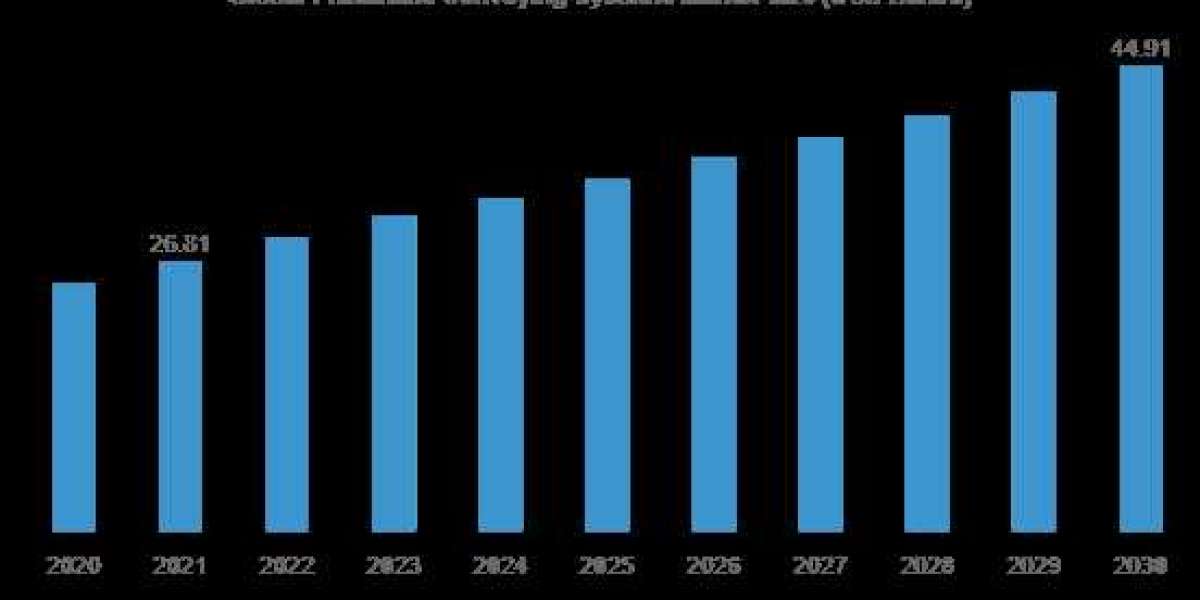The healthcare sector is actively adopting digital innovation, and a website is at the forefront of this revolution. Beyond being a mere online presence, an effective healthcare website design becomes a dynamic tool for patient engagement, information accessibility, and brand positioning.
A well-designed healthcare website acts as the online front door, providing a platform for both professionals and patients to book appointments and interact with the services offered.
In this article, we’ll delve into the intricacies of website design for the medical sector, outlining key elements that contribute to its effectiveness.
Let's take a closer look at it!
What are the key elements of healthcare website design?
Presenting the essential elements of web design tailored for the healthcare sector:
User Interface (UI) Design
In healthcare websites, user interface design goes beyond aesthetics to include the development of a user-friendly navigation system. Whether they are looking for medical records, appointment scheduling, or other information, patients and professionals should be able to obtain it easily. Clear pathways enhance user experience and, ultimately, patient satisfaction.
Making sure your website is mobile-responsive is essential in the modern era of smartphones. A website for healthcare needs to be responsive to different screen sizes without sacrificing usability. Accessibility is ensured by mobile-friendly designs, which appeal to a wide range of consumers.
User Experience (UX) Design
The simplicity of retrieving information determines the user experience. A healthcare website should make complex medical information easily readable so that professionals and patients can easily find what they need.
Accessibility is a cornerstone of healthcare inclusivity. The website design should accommodate users with diverse needs, including those with disabilities. Features like alt text for images and a logical flow of content enhance accessibility.
What makes healthcare website design essential?
Here is an exploration of what makes web design for the medical sector essential:
Trust and Credibility
A healthcare website's perceived credibility is greatly influenced by its visual appeal. A polished, contemporary style makes a good first impression and gives users confidence in the legitimacy of the healthcare service.
Beyond aesthetics, design decisions demonstrate the dedication to high-quality healthcare. Maintaining consistency in the website's design, color schemes, and font helps to strengthen the brand and, in turn, the healthcare institution's trust.
Security is paramount in healthcare, especially when dealing with sensitive patient information. SSL certification encrypts data transmitted between the user and the website, ensuring a secure connection and safeguarding patient privacy.
Adhering to strict data protection regulations, healthcare websites must implement robust measures to safeguard patient data. From secure login portals to encrypted databases, every aspect of the website should prioritize patient confidentiality.
Patient Engagement
Enabling patients to make online appointment requests improves accessibility and involvement. Appointment scheduling is made easier with a well-designed interface, which also lessens administrative work and raises patient satisfaction levels.
Patient portals act as a link between patients and medical professionals. Access to medical information, secure communications, and medication refills are examples of inclusive features that encourage patients to actively participate in their healthcare process.
The educational content on the website should be presented clearly and concisely. From articles to infographics, information in medical web designs should be easily digestible, empowering patients to make informed decisions about their health.
Embracing multimedia elements such as videos and interactive graphics enhances the educational experience. Varied formats cater to diverse learning preferences, ensuring that information is accessible to a wide audience.
Search Engine Optimization (SEO)
SEO strategies tailored to healthcare services involve identifying and incorporating relevant keywords. This ensures optimal search engine ranking, enhancing visibility for prospective patients in search of particular medical services.
The optimization of meta tags and descriptions enhances the search engine visibility of the website. In addition to raising search rankings, concise and accurate meta-information gives users an idea of how relevant the content is.
Google gives mobile-friendly websites a higher rating in its search results. In addition to improving user experience, responsive design has a favorable impact on SEO, raising rankings on search results pages.
Google's algorithms increasingly prioritize user experience. Factors like page load speed, mobile responsiveness, and overall website performance directly impact search rankings. Prioritizing these aspects ensures a competitive edge in the digital landscape.
Regulatory Compliance
Healthcare websites cannot compromise on their compliance with the Health Insurance Portability and Accountability Act (HIPAA). Respecting these rules guarantees the safe management of patient data, reducing legal risks and fostering confidence.
In addition to HIPAA compliance, healthcare websites must display necessary legal disclaimers and information. Transparent communication about privacy practices, terms of use, and other legal aspects enhances trust and ensures regulatory compliance.
Branding and Differentiation
The brand of the organization should be reflected on a healthcare website. Utilizing logos, color schemes, and messaging consistently throughout the website strengthens brand identity and encourages user familiarity and trust.
While consistency is key, medical web designs should also incorporate unique elements that set them apart. Whether it's a distinct visual style, innovative features, or a personalized approach, differentiation contributes to a memorable online presence.
Analytics and Performance Monitoring
Analytics tools are essential for revealing interesting information about how consumers engage with content. By scrutinizing data such as page views, bounce rates, and user journey patterns, healthcare providers may enhance their websites and boost user happiness and engagement.
For healthcare websites offering online services, conversion tracking is essential. Whether it's appointment bookings, newsletter sign-ups, or other interactions, monitoring conversion rates provides actionable data for optimizing the website's performance.
Future-Proofing for Technological Advancements
The healthcare industry is dynamic, and website design must evolve with it. Incorporating emerging technologies like artificial intelligence (AI) and chatbots enhances user experience, providing innovative solutions for patient interaction and support.
A flexible design accommodates future updates and enhancements. Whether it's adopting new features, integrating advanced functionalities, or adapting to changing user expectations, a forward-thinking approach ensures the website remains at the forefront of technological advancements.
The Bottom Line
In conclusion, healthcare website design is not only an aesthetic endeavor but also a critical strategic component of the contemporary healthcare environment. A great healthcare website is shaped by every aspect, from the fundamentals of UI and UX to the finer points of trust-building, patient involvement, SEO, branding, regulatory compliance, analytics, and future-proofing. The future of online healthcare will be determined by our ability to embrace innovation and prioritize user-centric design as we negotiate the challenges of this new digital frontier.








